Case study
Center Stage
The biggest challenge in this project was coming up with a way to turn a topic that might not interest all audiences into something engaging and playful. Working with a researcher, and with Sebastian Heath in particular, was a terrific experience that I will strive having in future projects.
-
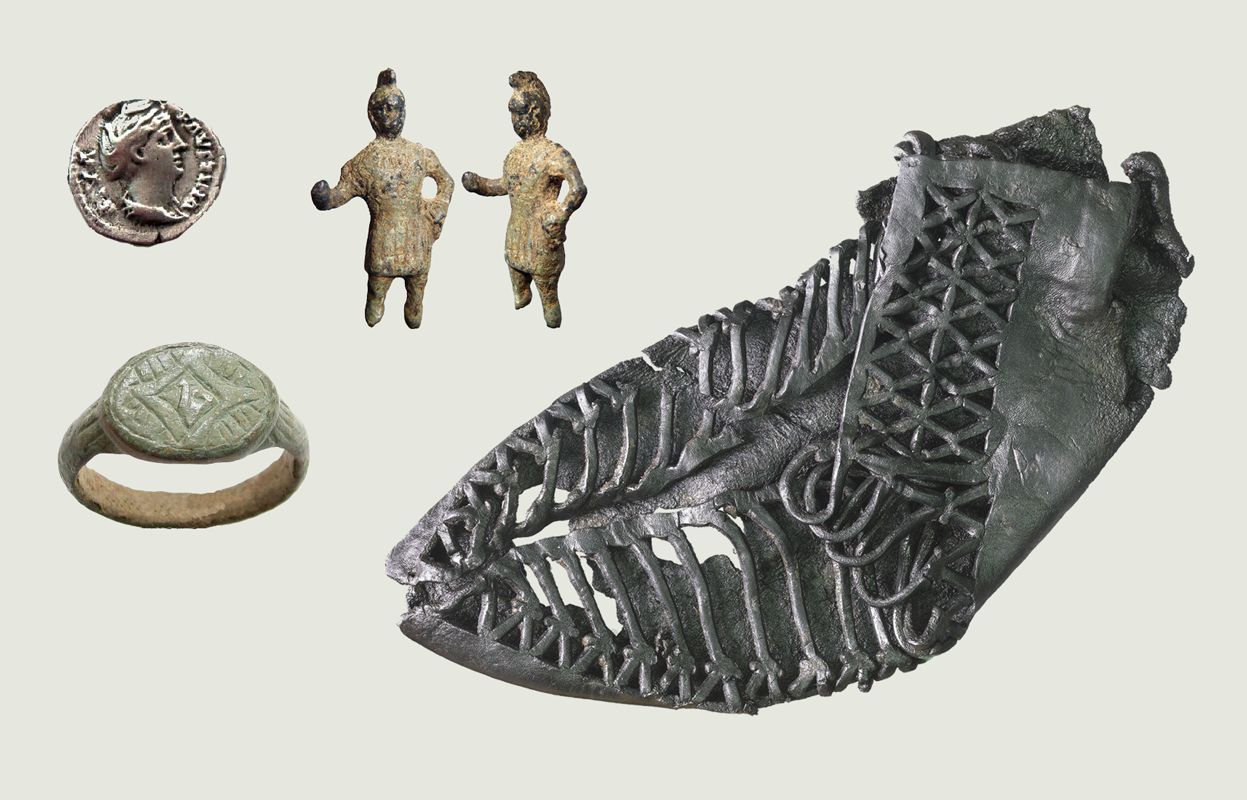
The first part of the creative process began with collecting artifacts from the researcher. Staying true to facts was important for creating an authentic design aesthetic.
-
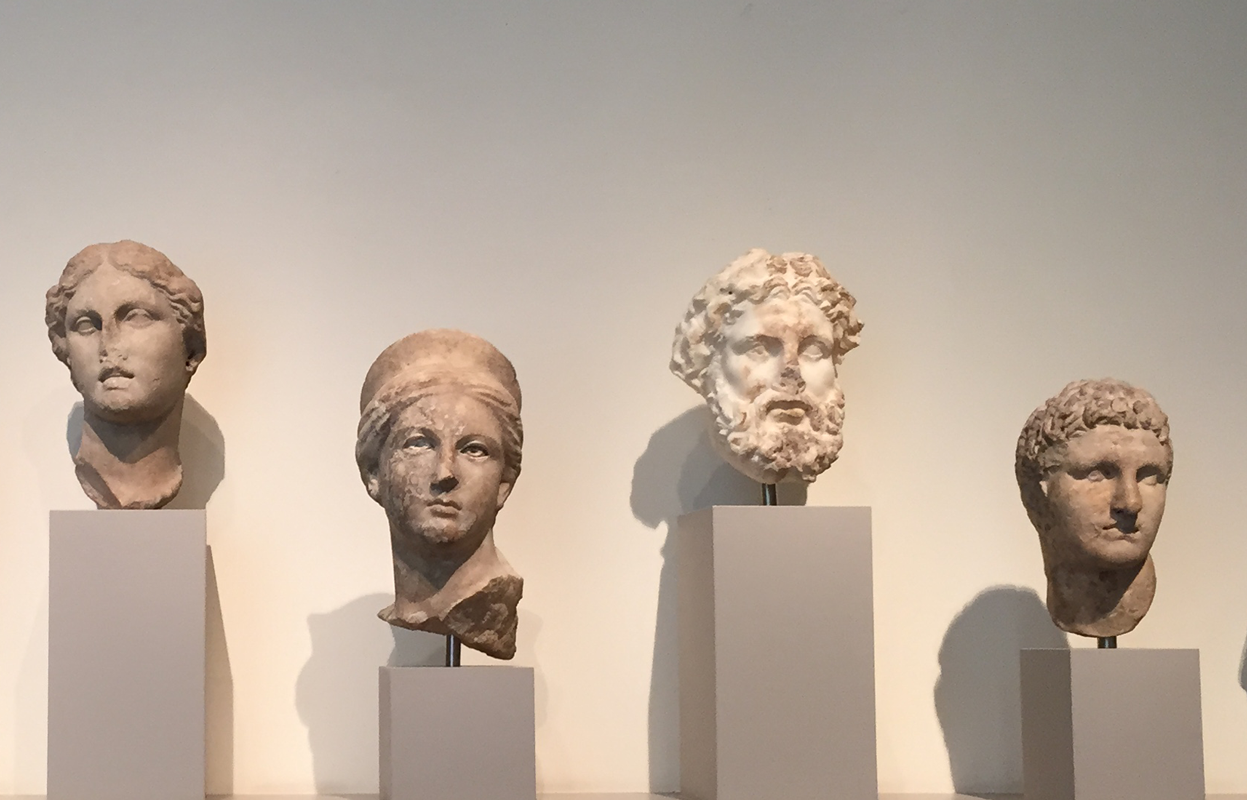
After collecting artifacts from our researcher, we made a trip to the Met to observe Roman statues and art. The “head shots” were the inspiration for the lights created for the exhibition.
-
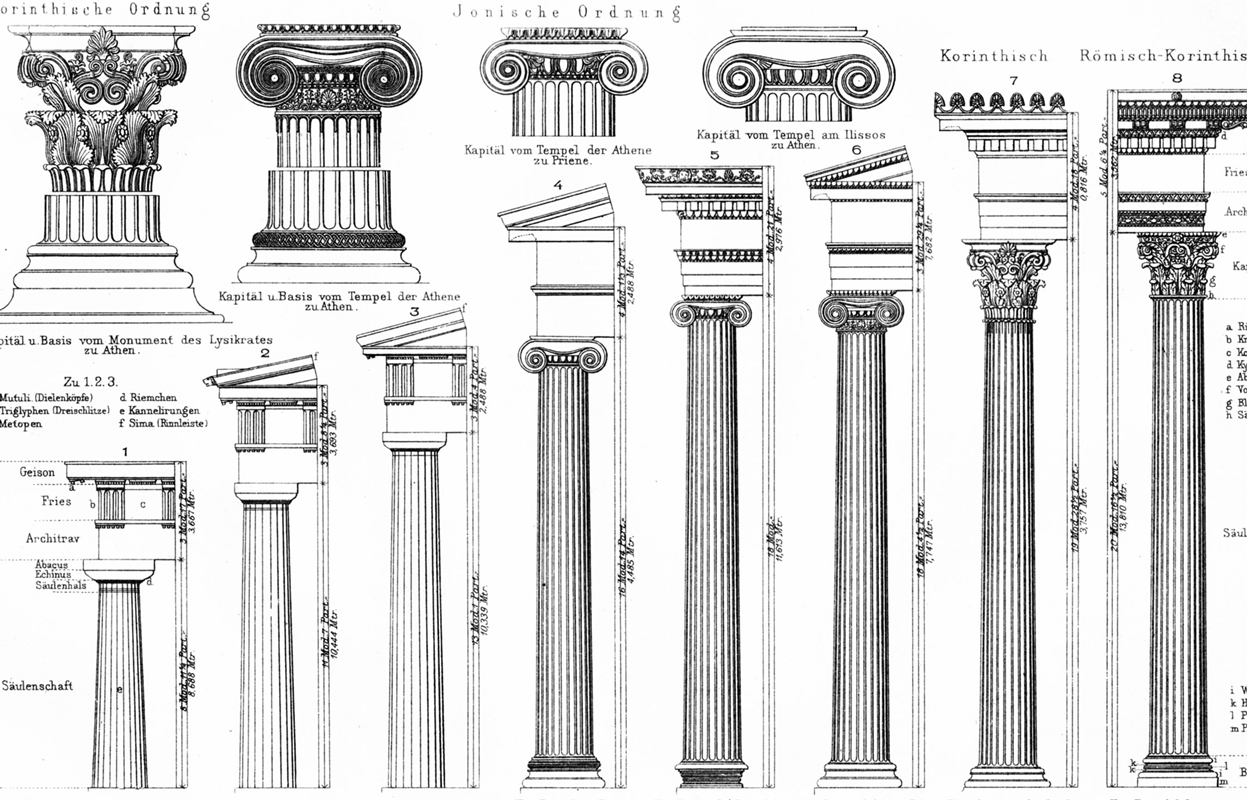
Principles in Roman architecture, such as symmetry and geometry were also taken in to account.
-
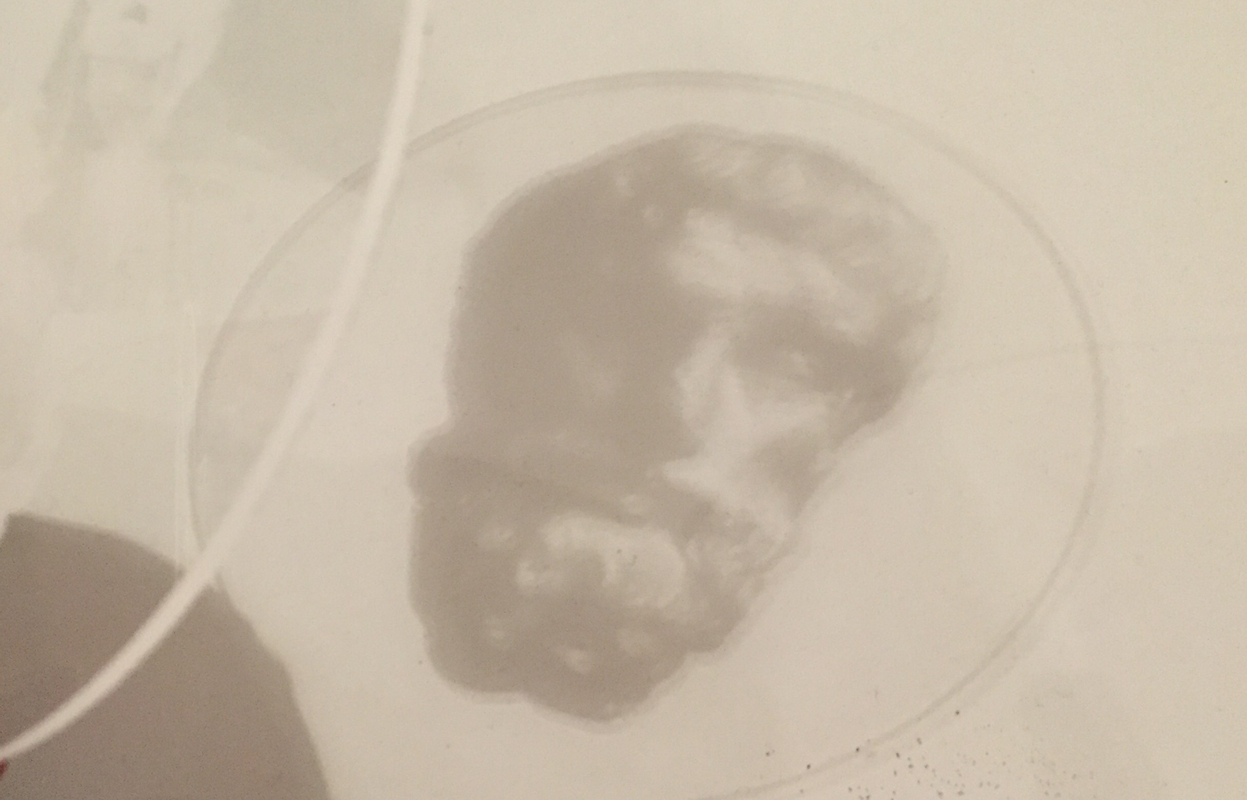
Many experiments with materials were made in search for compelling visuals that would help tell the story. This is an example of laser-etched acrylic cast a shadow of the face etched on it.
-
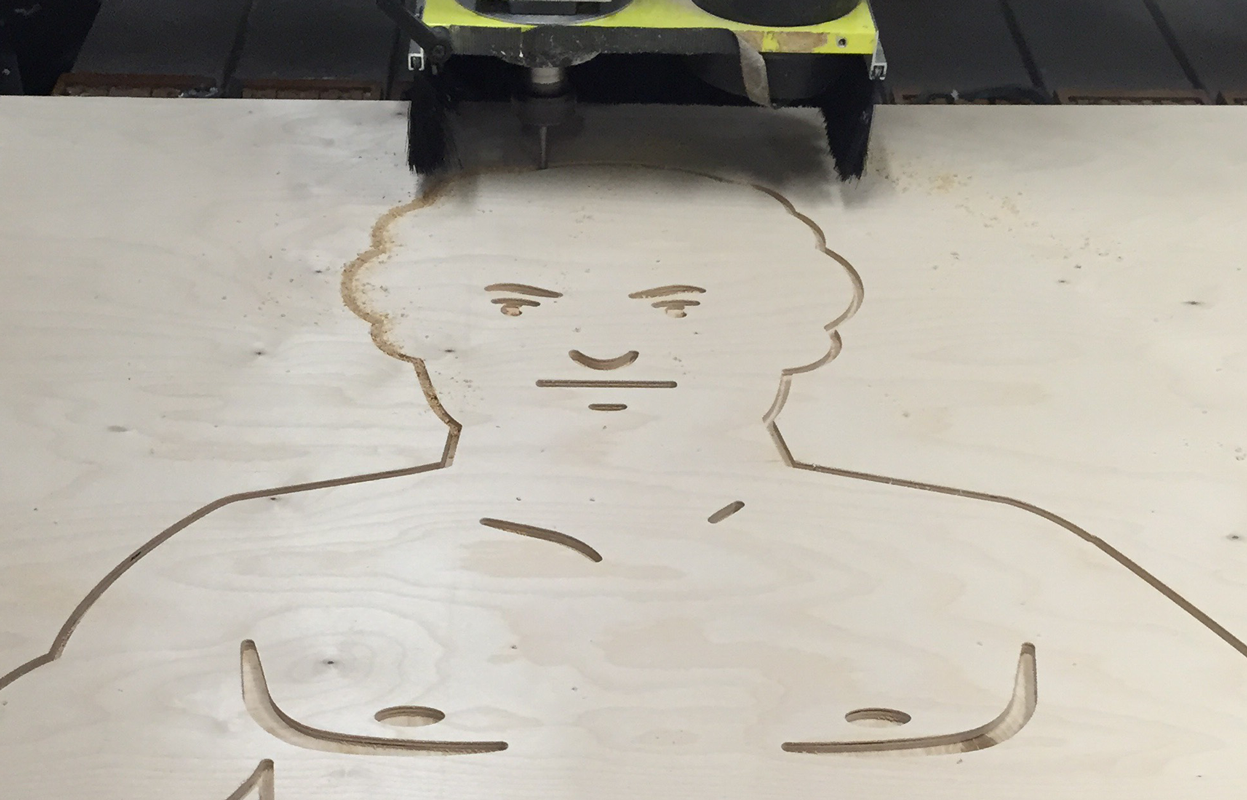
One of the design components included a life-size gladiator. This warrior illustrated as a vector file and then CNCed in layers.
-
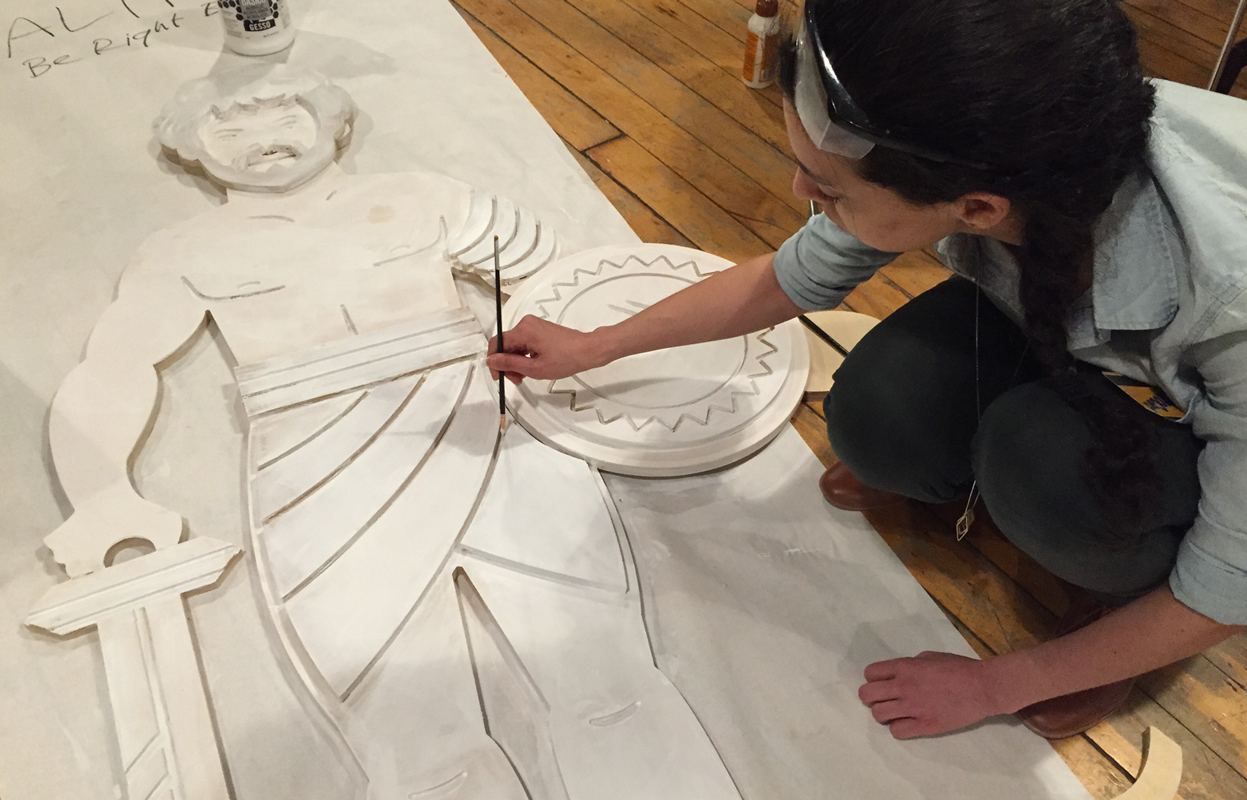
The layers for the gladiator were assembled and painted to great the life-size gladiator.